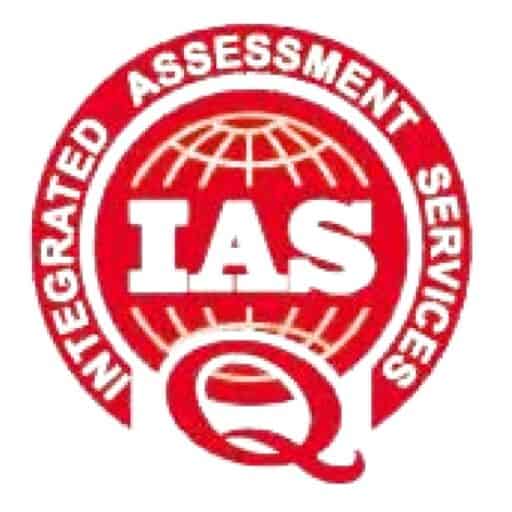What is ISO 13485?
ISO 13485 is a QMS standard that comes from the internationally recognized and accepted ISO 9000 quality management standard series. If you’re looking to establish a device’s effectiveness, then this might be the system for you.
The overall goal of the standard is to reduce the risk associated with medical devices and technologies. To accomplish this, ISO 13485:2016 outlines certain requirements that a company must meet.
Prevention oriented – This means that a device should be designed in such a way as to prevent faults from occurring whenever possible (i.e. as opposed to performing quality assurance after the fact).

What are ISO 13485:2016 requirements?
The primary goal here is to prevent an incident. This can be done by improving the accuracy and reliability of data, as well as establishing clear guidelines for employees on how to handle specific risks related to product recall situations. It’s important to identify all aspects that could lead to faulty or incorrect data and measure them constantly.
What is an ISO 13485 Quality Management System?
A quality management system conforming to ISO 13485 requirements is a documented set of interrelated processes, including any forms or templates, that establish, implement and maintain provisions outlined in the standard’s requirement with the aim of meeting customer and applicable regulatory requirements for businesses operating in the medical device sector.
These processes and their interactions are also subject to improvement as directed by top management to achieve quality objectives. If your QMS already exists and is based on one of the older editions, it will need to be updated to ISO 13485.
Annex A
Annex A gives a detailed overview of the changes in the 2003 and 2016 editions. This includes recommended readings for developing transition plans. However, in order to make sure that you have fully complied with all requirements, it’s important that you not just read through Annex A, but make sure you take into account all clauses mentioned instead of only reading what’s called
Annex B
Furthermore, ISO 13485 has a correlation with ISO 9001. This means your own organization can benefit the most if it holds dual certifications in both of those, which are similar to one another because you wish to continue holding dual certification.
Conclusion
While there are some differences between ISO 9001 and ISO 13485, they largely have a lot in common. Both of these standards require you to implement a risk-based QMS that meets regulatory requirements for quality management systems for medical devices. The two overlap with regard to implementation strategy and managerial responsibilities. However, it’s important to make sure you keep track of the differences between ISO 9001 and ISO 13485 as well.
Contact IAS today to learn more about ISO 13485, or visit our ISO 13485 frequently asked questions page!

